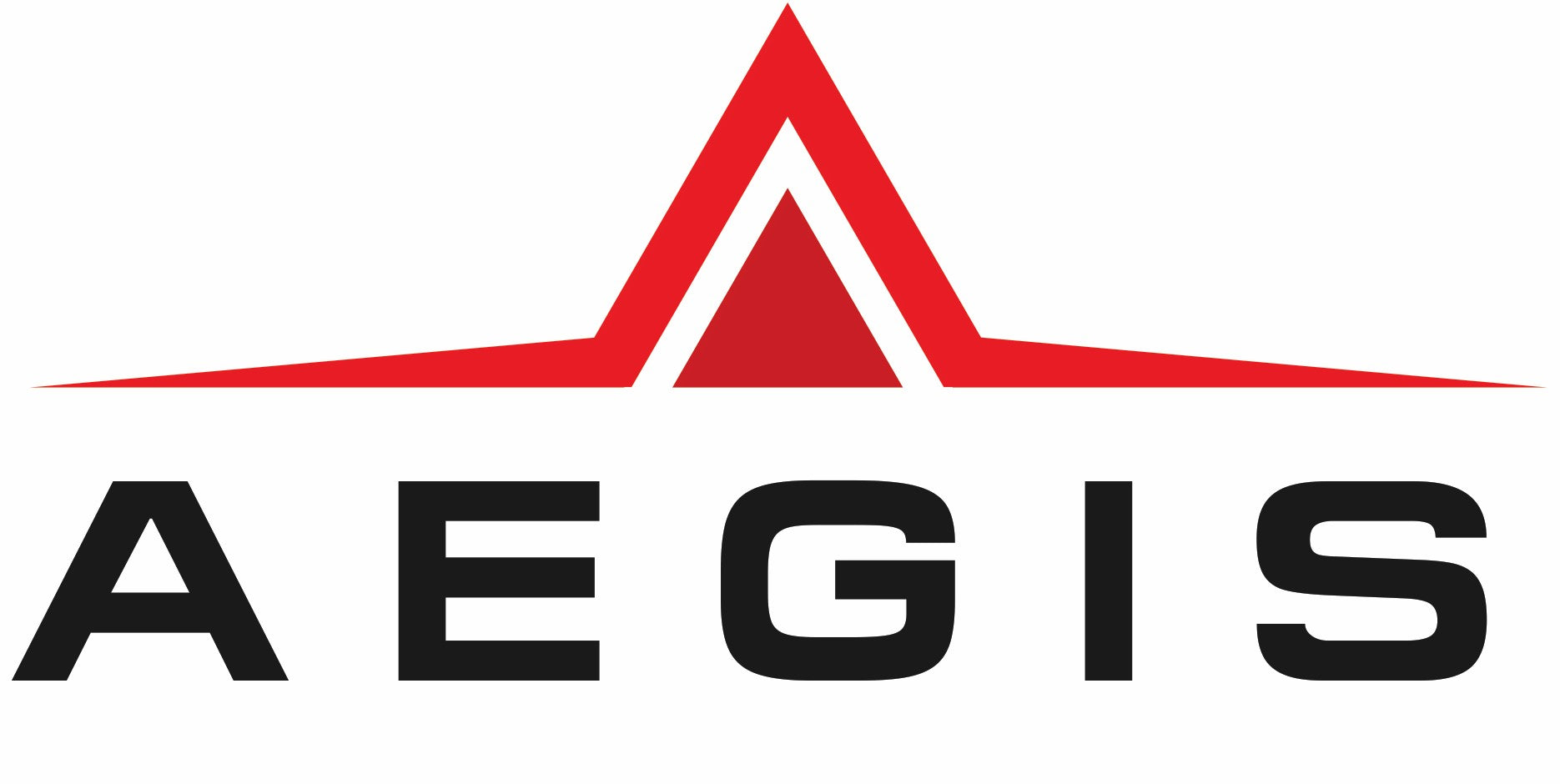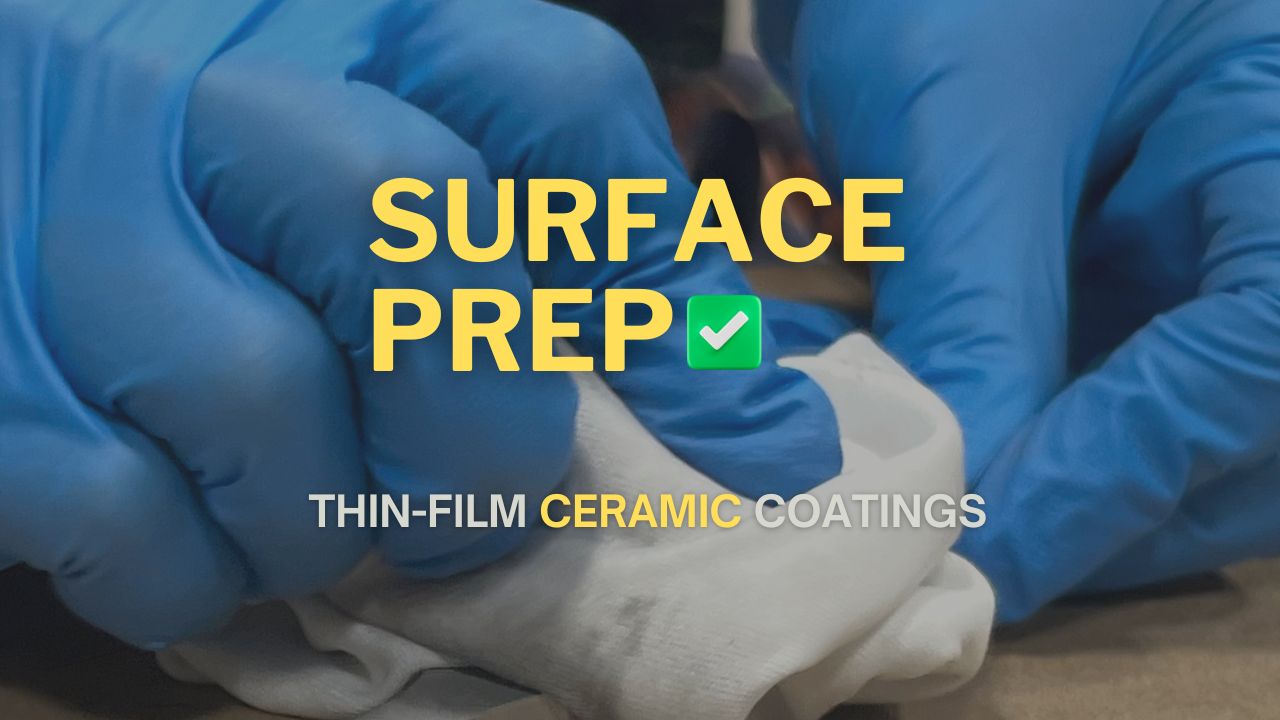Preparing a substrate surface to accept a coating is crucial.
Chemically etched surfaces, mechanically blasted, or sanded surfaces can add extra adhesion promotional characteristics to a substrate.
Having a clean, oil, soil and oxide free surface for coating to adhere to a substrate is key for adhesion and success.
This concept is true for coating applications such as: electroplating, anodizing, physical vapor deposition, diamond-like carbon, powder coating and liquid paint including thin film ceramic coatings.
 Surface Preparation for Applying A Thin-Film Coating
Surface Preparation for Applying A Thin-Film Coating
For any part to be able to be ready to accept a coating whether it's paint, plated material like electroplating, PVD, DLC…any type of surface coating, cleanliness is key.
The number one failure point in coating applications are unclean surfaces.
Clean, oil and soil free parts are essential for any type of coating.
Before a house is painted or repainted the standard prep is typically power washing, or a combination of sanding and power washing. An ocean liner is going to have a different pre-paint process than a necklace or a small fitting for your car, but the preparation process to make a substrate ready to accept a coating is always a crucial step for a successful coating application.
Liquid cleaning options
Of the contaminants, typically oils are the toughest to combat on a raw product or a raw part.
Typically oils need to be cut with some type of detergent, or cleaning solution. This can be something as mild as a detergent, like a simple green or 409, or a super aggressive caustic cleaning solution that can be very hazardous and dangerous to be exposed to.
Liquid surface preparation might include a spray on type of cleaning followed by a fresh water rinse.
A typical plating or common paint preparation could also include an actual cleaning line of tanks that contain soaps and rinse steps. Certain aggressive soaps may require a diluted acid step in the process to remove the soap prior to being rinsed in fresh water.
Soils are another obstacle.
A lot of your soaps and cleaners will clean soils along with removing oils. One of the problems with dip tanks or using cleaners is when the cleaners become dirty, it will lose its cleaning power and may leave contaminates on the parts that are being cleaned.
If that happens, you'll end up trying to clean parts in a dirty solution.
There's a whole host of problems that can happen with rinse cycles and soaps being contaminated resulting in failure of coating processes.

Dry cleaning options
Let's say you have a part that has very little or no oils, but some light soils or oxidation, you could use a dry-blast method.
Dry-blast surface prep can be an oxide blast (aluminum oxide) and this is the typical standard prior to applying thin-filmed ceramic coatings. Not only will the blast process clean the part, but it will also leave a very non aggressive surface for the thin film ceramic to adhere to.
A common step prior to blasting is to clean parts to ensure oils are not introduced to the blast media.
One process is to soak small parts in automotive brake cleaners to remove soils and oils prior to blasting. The brake cleaner dries quickly and will not leave residue.
Blast Prep Advantages for Thin-Film Paint Application
The reason to use aluminum oxide as a blast prep for thin film ceramic coatings is the rough profile that's not overly exaggerated. As thin film ceramics cure and dry, you need to ensure the substrate does not have too aggressive of a blast profile, because the high points of the blast surface could poke through the thin film ceramic.
Aluminum oxide leaves a nice rounded profile that is almost "velvet" to the touch, and seems to promote excellent adhesion values.
Additional Cleaning After Blast Preparation
After blast prep, dust or particulates that may still be on the raw part need to be removed before moving on to the coating process.
This can be either through a post-clean dip process or the use of a tack clot. If the blast component of the prep is properly maintained, compressed air may be sufficient enough to blow the residual dust off the parts as well.

Maintaining Clean Parts Before Coating
Touching the parts once the cleaning steps are performed should only be done wearing nitrile gloves that are powder free. Oils from your skin will leave oils to a freshly cleaned part, and can lead to failures in coating processes.
The storage of cleaned parts between the cleaning and coating process is not advised.
The more that raw materials are set out and left, the more chances that an oxide layer could be introduced, or an airborne contaminate could be introduced to your part.
Some materials like aluminum will grow an oxide layer with just the humidity in the air.
Exotic materials like magnesium will actually oxidize within hours after pre-treatment unless a pretreatment coating is applied like chem film or an anodized coating.
Next Steps After Completing Surface Prep
After the parts are clean, the next step could either be coating or possibly masking.
Masking would entail covering certain profiles, holes ,or areas of parts that need to be free of coating. Precision masking best practices will be discussed further on another technical article.
by Chris Sicilia - AEGIS Founder





Share:
Benefits and Applications of AEGIS AECH